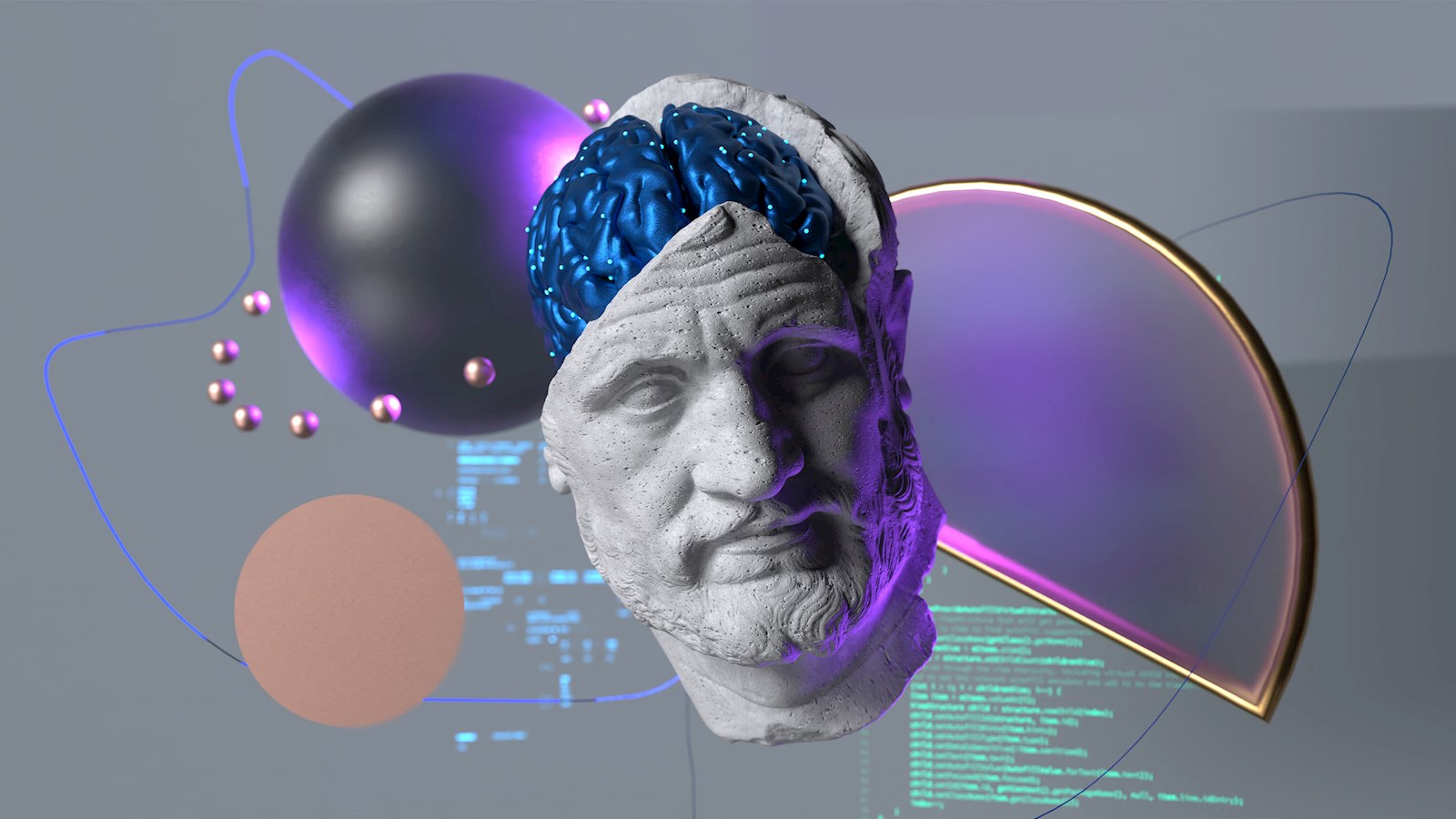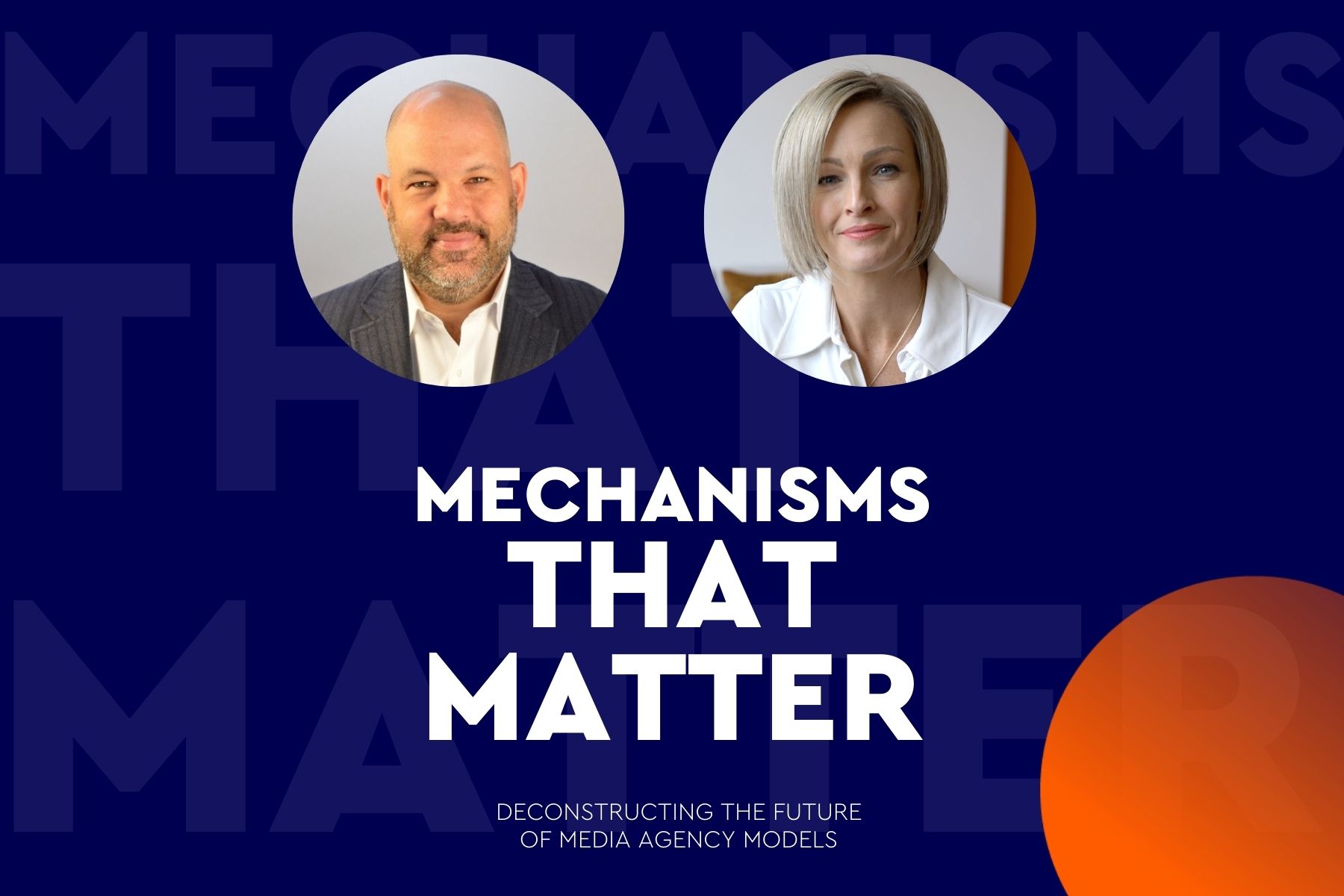
Leveraging large language models in advertising
Ella Thackray and Matt Northin of WPP's Mindshare highlight the potential of large language models (LLMs) in the advertising industry
LLMs, which mimic human intelligence, are seen as powerful tools that can revolutionise market research and trend analysis due to their ability to process massive data sets quickly. They enable personalised advertising by better understanding user intent, and their adoption is on the rise in the advertising sector.
Overall, LLMs offer efficiency and analytical depth, and embracing this technology could reshape digital advertising strategies for the better by being a catalyst for creativity and innovation.
We have never had access to a tool as transformative as LLMs. Driven by the capabilities of AI, LLMs enable us to generate and understand textual content with a sophistication that was once consigned to the realm of science fiction.
What is an LLM?
Perhaps, the best definition of an LLM is ‘a type of AI that can mimic human intelligence’. Often used interchangeably, there is a subtle difference between LLMs and generative AI. An LLM is trained to learn the statistical relationship between words and phrases and has been specifically architected to help generate text-based content. Generative AI is a broader term that refers to any AI system capable of dynamically creating output beyond just text, such as images or music.
The benefits
In an industry that thrives on quick decisions, LLMs serve as the ultimate time-savers. Their capacity to process massive data sets in mere seconds could revolutionise market research and trend analysis. LLMs can provide extremely valuable and accurate personalised insights, identifying patterns and trends, and helping advertisers anticipate user behaviour.
Personalisation remains paramount. Almost nine in 10 consumers happy for their browsing history to be used to generate personalised ads, according to eMarketers 2022 report. Compared with the outdated syntax-style search, sophisticated LLM tools, like Google's Bard and ChatGPT, can better understand user intent behind every search based on their 'Q&A' format, offering advertisers unprecedented granularity.
LLM adoption: an increasing trend
LLMs have become known for their extensive language processing capabilities, understanding context, and producing coherent human-like text. As the advertising industry wakes up to these capabilities and their potential uses, we asked ourselves how can we apply them in the pay-per-click space?
Adoption of LLMs takes on a wide variety of applications – natural language processing, machine translation and question answering, just to name a few. According to a McKinsey 2022 survey, AI adoption has more than doubled over the past five years, and investment in AI is increasing apace. With 90% of commercial leaders expecting to utilise AI solutions “often” over the next two years, AI is changing at breakneck speed, and though forecasting the trajectory of this technology is challenging, one thing is certain: it will play a key role in the future of marketing.
Using generative AI and LLMs to create consumer context has always been out of reach. People’s habits online have always been attributable, but to feed this context back into the consumer journey has always been difficult. Requiring a layered and flighted approach, the setup has been cumbersome.
More than just a button
Why are call to actions (CTAs) important in the consumer journey? CTAs serve as the linchpins of any advertising campaign. Whether it is prompting someone to book their dream holiday or join a new fitness programme, the CTA plays a crucial role in guiding consumer decisions.
Yet, the traditional approach to CTA implementation, in platforms like Google or Bing ads, often becomes a complex maze of extensions and keyword specifications. This setup usually results in generic CTAs that barely scratch the surface of what’s possible in terms of personalised user engagement.
Aside from the laboursome side of the process, at times the user intent can feel secondary. How can we better align CTAs with user intent?
Dynamic Intent Insertion, what is it?
At Mindshare WW, we have been collaborating with GroupM and Google to introduce what we call ‘Dynamic Intent Insertion’: leveraging Google’s cutting-edge LLM, Bard, to create a system of intent-based language models. With the advanced natural language understanding capabilities of Bard, this system would offer a new layer of contextualisation based on past user behaviour and demographic information. Imagine a CTA that adapts in real time to subtle shifts in consumer intent. Such a feature would make the CTAs not just more effective but exceptionally resonant with what the consumer is truly seeking.
How would it work?
1. Google-owned properties would analyse customer language nuances and context. Bard can understand user intent by reading the tone and format of the user’s previous search terms, past search history and user demographics and interests. By analysing the context of those search terms, the model would understand slight changes in intent – based on the consumer funnel.
2. Campaign setup would include language context as an audience signal, allowing for it to be applied to performance max, search, and other ad formats.
3. Slight changes in CTA would ensure that in the moment of consideration, the CTA is in alignment with what the consumer is searching for.
The outlook
The apprehensive sentiment towards AI needs balancing, especially when potential advantages, such as those offered by LLMs, are so compelling. LLMs bring a level of efficiency and analytical depth previously unrealised, promising to revolutionise how we approach digital advertising strategies.
As we move forward, embracing this technology could well be the key to navigating the complexities of modern advertising. The time has come to focus less on the perceived threats of AI and more on how tools like LLMs can drive our industry towards an innovative and insightful future.
published on
30 November 2023
Category
More in Communications

Rebranding cancer: how brands heal and hurt
Along with consumer brands, the ‘brand’ of condition or event influences us.

Mechanisms that Matter – Inside WPP | Ford’s revolutionary marketing model
How a process created on the factory floor over 70 years ago has transformed ops for the auto giant

How to build your brand in-game
A new research report from WPP and SuperAwesome

